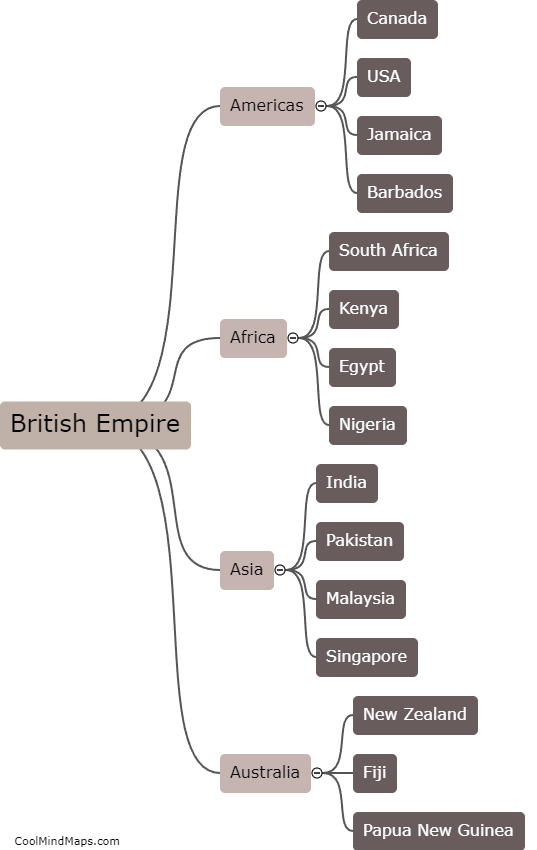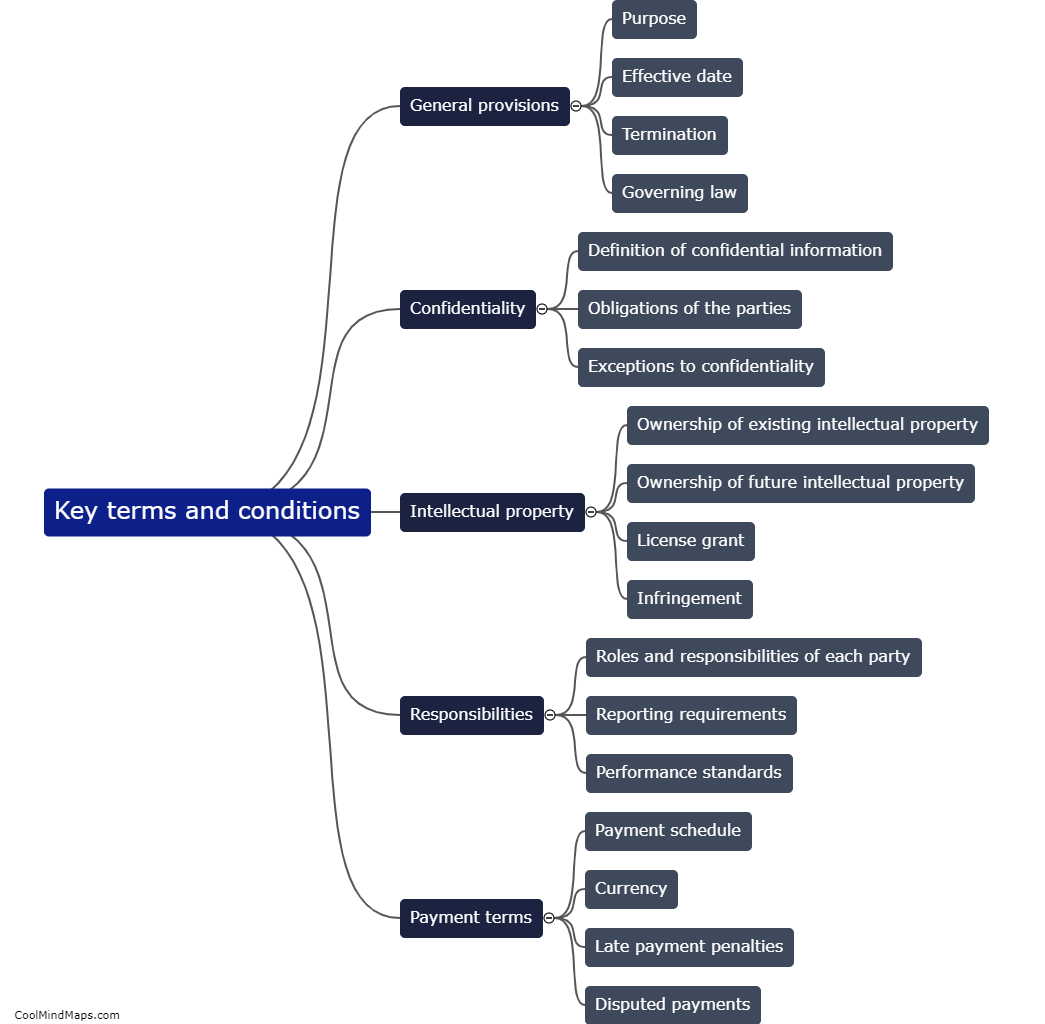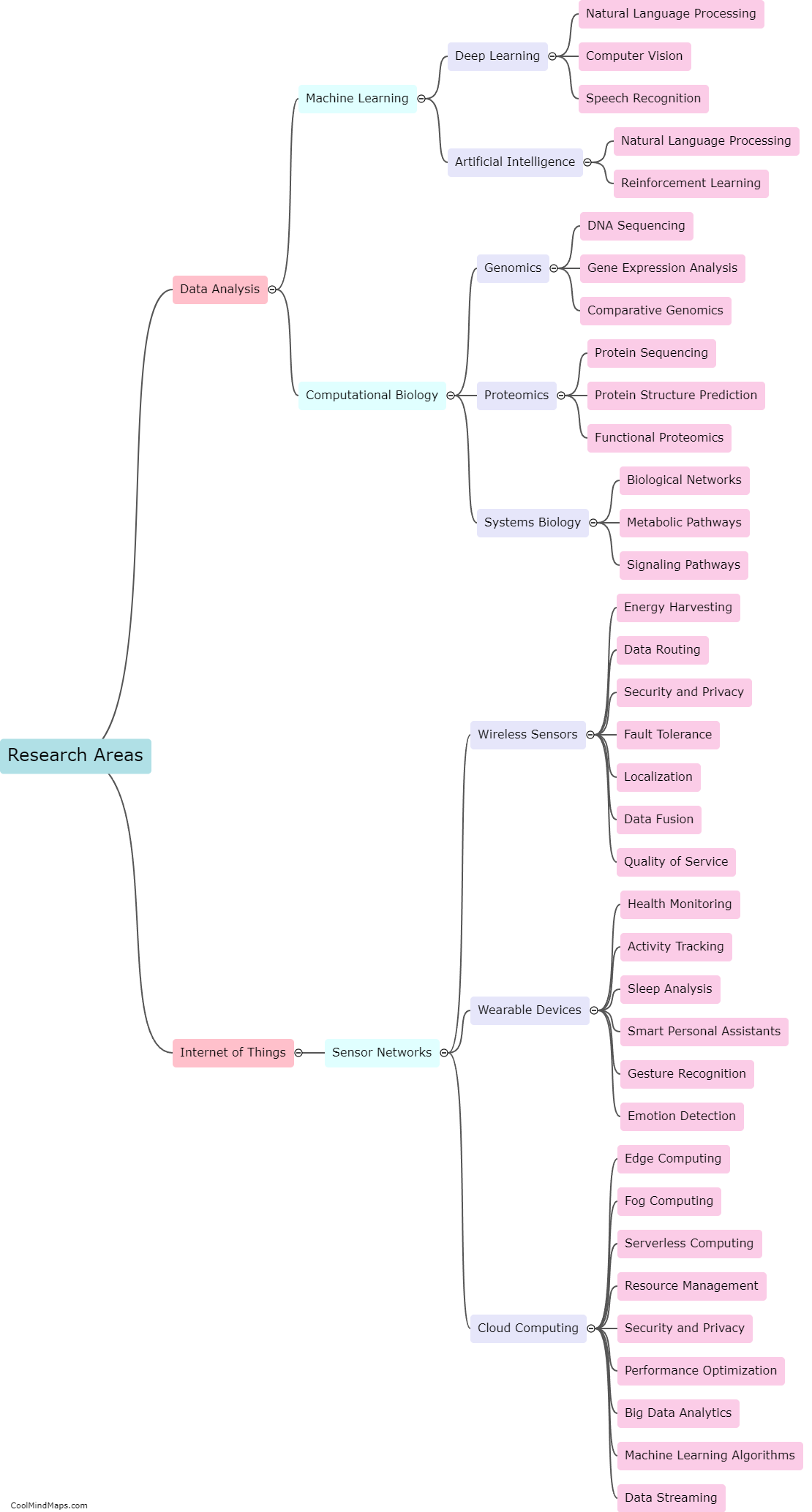What are the key considerations when signing MoUs between public sector entities?
When signing Memorandums of Understanding (MoUs) between public sector entities, there are several key considerations that need to be taken into account. Firstly, it is crucial to clearly define the objectives and scope of the collaboration. This includes outlining the specific activities, responsibilities, and deliverables of each party involved. It is important to ensure that the MoU aligns with the strategic priorities and policies of both entities. Additionally, the agreement should clearly state the duration of the collaboration and any termination clauses. Another crucial consideration is the identification of potential risks and mitigation strategies to address them. This may involve conducting due diligence on the other party and assessing their financial stability, reputation, and legal compliance. Finally, a robust governance mechanism should be established, outlining the decision-making process, communication channels, and dispute resolution mechanisms. By carefully addressing these considerations, public sector entities can facilitate successful collaborations through MoUs.

This mind map was published on 5 December 2023 and has been viewed 79 times.











